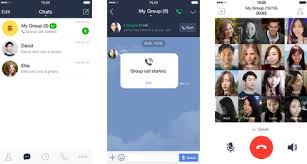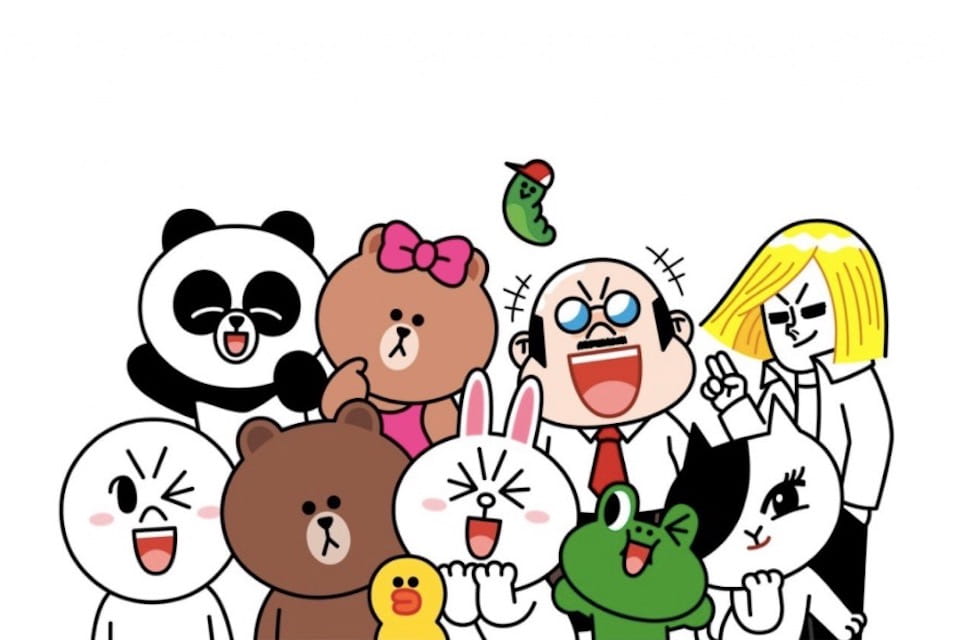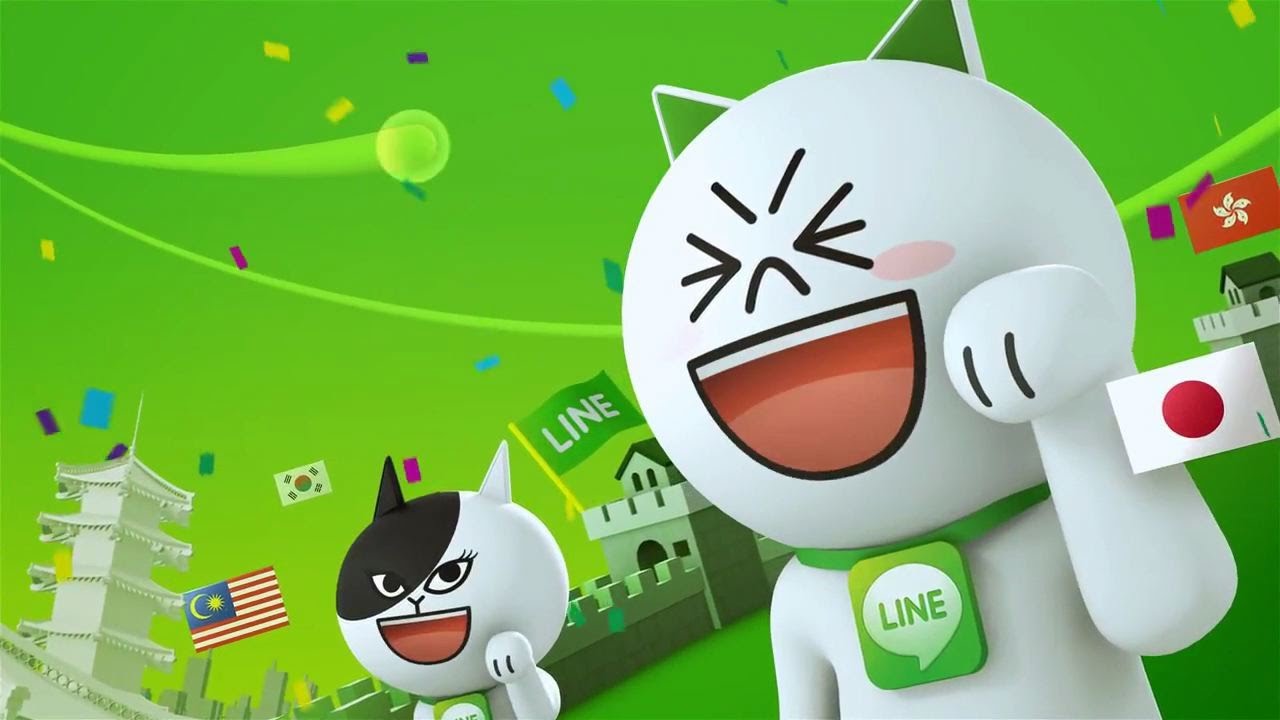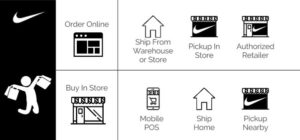Why The Line App From Japan Is Gaining Popularity In Other Parts Of The World
Line as an app is not just an app but a business on its own like we’ve mentioned in our previous blog. The Disney x Facebook x WeChat app has taken many users by storm (217 million users to be precise) hailing from the app’s motherland – Japan. About 55% of the total population use the app and about 70% of them are active daily users. The app’s usage isn’t restricted to Japan FYI and it extends to other countries like Indonesia, Taiwan, and Thailand and this tells us a lot about the userbase
You may have heard of the phrase that says ‘A Man is known by the company he keeps’. Let us introduce our contemporary technological twist to it ‘A Man is known for the apps he uses’. Our world today is defined with a clout of gadgets and apps circling our lives in some way or the other. Some apps have been striving hard to break through their audience but apps like WeChat and Line are basically reflections of their community and have become some of the most favored community apps.
The sticker-loving messaging app has won hearts in the U.S. with 3.7 million monthly active users, some of which are possible Asian-American, Japanese migrants or even some local Americans. The app has grown into a full-fledged social platform, offering many spin-off apps such as Line Camera, Line Card and Line Kids video (Yes, the app has considered its youngest users as well!). But today we’re uncovering the userbase of the app and why Line stands out as one of Asia’s most prominent social network, given its cultural connotations.
How Line As An App Is Equated To Japanese Culture
The Line app lets you dive into a world full of free calling, gamification, sending adorable stickers etc. According to users, the text and group chat are the app’s most popular features and in 2017, it was one of the top mobile messaging apps on the Google play store and also turned out to be successful In terms of revenue (1.8 million USD), thanks to its not-so-free but interesting line characters for sale!
Line’s Group Video Chats

The app’s most popular feature is derived from Japan’s group culture. Harmony is a guiding philosophy in Japan that affects many features of society. The Japanese regard working in harmony as a crucial element for productivity. The ethos of co-operation has been deeply ingrained in the minds of children at a very young age and this group video chat feature traces back to the very roots of Japanese upbringing, thus explaining the popularity of the app.
Stickers And Characters

The Japanese are known to be the kindest race on this planet. Their belief in gestures led them to invent the ‘emoji’ in the first place. Their popularity of cute stickers and line characters come as no surprise, given their love for contextual expression. Some of their most popular characters also known as line friends – Cony, Brown, Moon and James have an offline mascot and toy editions with their extent of fame among Line users
Hidden Chats

Line’s hidden chats are basically timed messages similar to Snapchat’s story feature that allows recipients to view it for a certain amount of time to protect their conversations. This reflects the value given to privacy. The Japanese are notoriously shy and private in comparison to Koreans or Chinese. Their windows are designed in a way that doesn’t let people peep in and this explains the feature’s popularity
Conclusion
It only makes sense to add a hint of human to technology that is meant for a human and there is no better way than a cultural connect to unite users with communal familiarity through an app. Line’s developers knew its target audience and created a sense of community for them which is what made it this successful. It may have its downfalls just like any other app, but as long as it has managed to sink into the minds of users as ‘A Japanese App’, it will sustain because, Japan as a country is a brand on its own.























